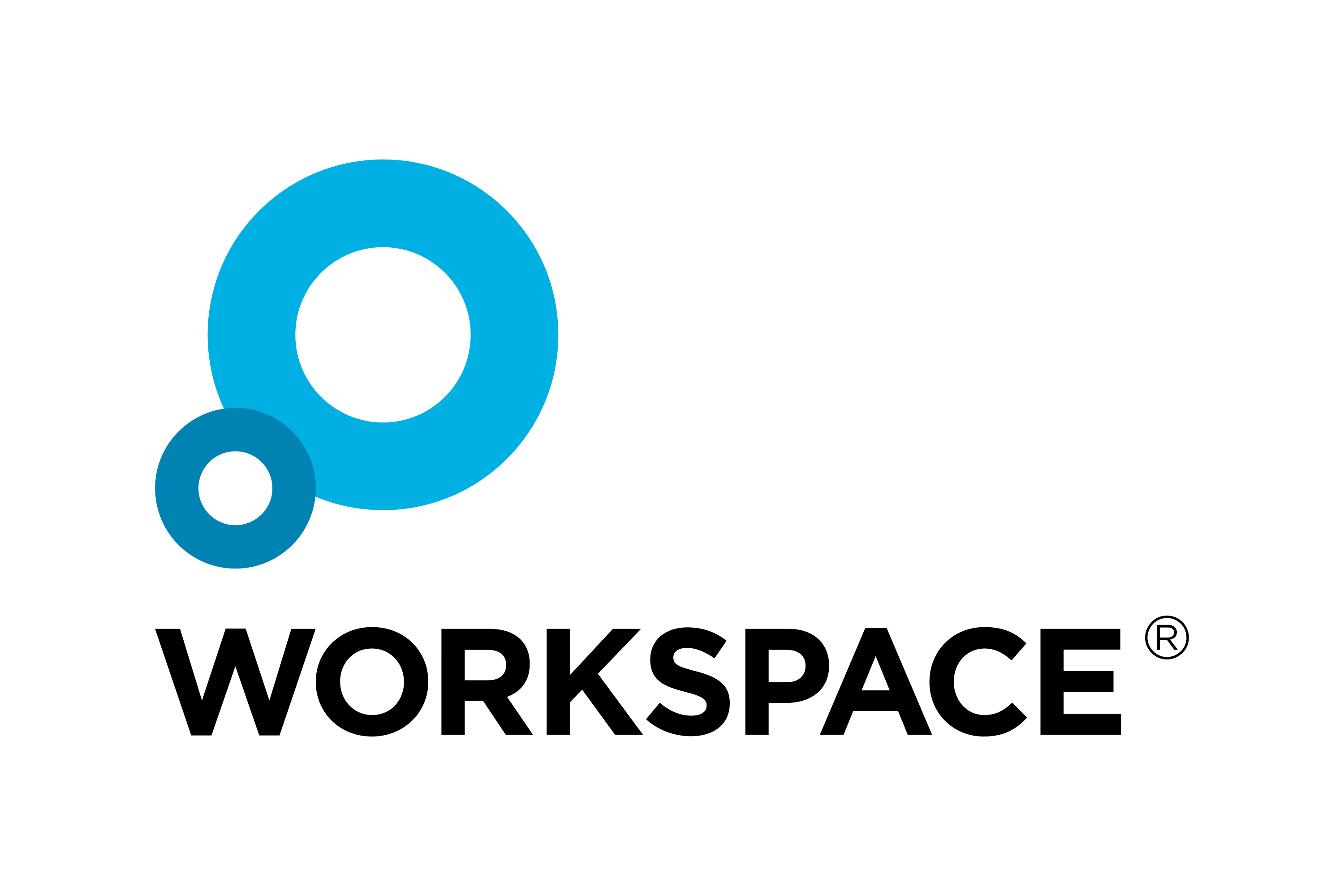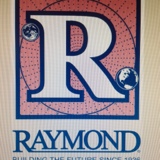Title Page
-
Audit Title: Hazard identification and risk assessments for fork lift operation
-
Document No. Procedure 4.4.6 Pro.16 04/01/2017
-
Client / Site
-
Location
-
Conducted on
-
Prepared by Rae Grech
-
Personnel
-
SCOPE:
This procedure applies to all employees, contractors, sub-contractors under the management or control of the Johns Lyng Group
This procedure describes the Johns Lyng Group methodology for all tasks where forklifts are operating
OHS hazard identification and risk assessments for the use of fork lifts must be carried out before they are used on site and when they are involved in incidents, as part of incident investigations. -
CONSIDERATIONS:
•The type and condition of the forklift, for example its age, its maintenance history and how frequently it is to be used and under what situations.
•The suitability of the forklift for example is it the correct forklift for the goods that are going to be moved and lifted, considering the work area, apace and access?
•The location of the forklift when being used, for example what is its impact on the design and layout of the workplace and are workers going to be impacted by the use of the forklift in their work zones?
•Abnormal situations, for example what abnormal situations, misuse or fluctuation in operating conditions are foreseeable?
•The traffic management plan and how it shall be managed by use of barriers, markings, containment areas and speed limits
•Procedures for ensuring that only licensed and authorised drivers operate the forklift and that site rules for use are known, understood and followed
1 ASSESSMENT - Forklift operation & traffic management plan
-
Add media
-
1.1. Calculate the frequency of forklift and pedestrian interaction and identify areas where they come into conflict
-
1.2. Clearly mark ‘No Go’ exclusion zones for pedestrians and forklifts.
-
1.3. Erect barriers to protect marked pedestrian walkways and designated forklift operating areas
-
1.4. Provide designated pedestrian crossings, ideally with risk control measures such as boom gates and overhead walkways.
-
1.5. Implement and enforce procedures, clearly indicating when pedestrians and forklifts must give way to each other.
-
1.6. Display clear warning and traffic management signs.
-
1.7. Ensure forklift warning devices and flashing lights are functioning at all time.
-
1.8. If possible, have pedestrians wear high visibility clothing (e.g. reflective vests).
-
1.9. Ensure all forklifts have high visibility markings and that the workplace is well lit.
-
1.10 Obey speed limit or have policy of pedestrian speed if most suitable.
2 RULES: Site rules for forklift Operation
-
Add media
-
2.1 Operators must be trained on safe forklift procedures and operators manual, specifically in relation to the forklift that shall be used.
-
2.2 Operators must hold and have with them the relevant High Risk License.
-
2.3 Only site authorised operators may use the forklifts.
-
2.4. Forklifts must not carry passengers unless an additional seat, footrest and seatbelt is available, and then only if considered safe to do so.
-
2.5. Never lift people without a complying maintenance work platform and only when necessary and for the shortest possible distance and height.
-
2.6. Seatbelts must always be worn.
-
2.7. Always lower the load before moving or turning.
-
2.8. Never lift people without a complying maintenance work platform and forklift.
-
2.9. When moving, forks should be as close to the ground as is practicable.
-
2.10. When leaving a forklift unattended, always lower the forks, apply the park brake, close the gas cylinder valve and remove the ignition key.
3. CHECK: Workplace checklist
-
Add media
-
3.1 Before starting your forklift, familiarise yourself with the area in which you will be operating.
-
3.2 Before starting the forklift always check pedestrian exclusion zones are marked and that ground surfaces are even and clear of obstructions.
-
3.3. If you observe any hazards that may impact on the safe operation of a forklift notify your supervisor.
-
3.4. Check for Pedestrian and vehicular traffic.
-
3.5. Check for Restricted and poorly ventilated spaces.
-
3.6. Check Lighting conditions and noisy machines.
-
3.7. Check uneven floors, ramps and railway tracks.
-
Notes for checklist:
-
TAG OUT: If any fault is observed with any aspect with the forklift, DO NOT USE IT. – Action to take - Tag out and notify your supervisor.
-
PPE: Forklift operators must also look out for their own personal safety by wearing appropriate protective clothing, high visibility vests and enclosed shoes.
-
NO GO ZONE: Before starting the forklift always check pedestrian exclusion zones are clearly marked and that ground surfaces are even and clear.
-
PRE START: There should be a system of work that nominates the person who will ensure that effective pre start safety checking occurs, e.g. a manager or supervisor.
4. CHECK: Operator Pre Start Checklist
-
Add media
-
4.1 Tyres: check all for wear or damage, and pressure (if applicable)
-
4.2 Fluids: check oil, hydraulics, battery, fuel and coolant.
-
4.3 Seating: check the condition and adjustment.
-
4.4 Warning devices: check lights, horns, reversing beeper and flashing light.
-
4.5 Capacity: check that the load capacity data plate is fitted, legible and correct.
-
4.6 Mast: check for signs of wear to the lift chains and guides.
-
4.7 Hydraulic cylinders and hoses: check for any leaks.
-
4.8 Tines: check for excessive wear, damage, cracks or repairs.
-
4.9 Seatbelt: make sure it is in good working order (if fitted).
-
4. 10 Guarding: check that all guards are in place.
-
Once operation is commenced:
-
4. 11 Controls: check that all pedals and controls operate correctly
-
4. 12 Brakes: check that all (including parking brake) operate correctly
-
Auditor Signature
-
Participant Signature
-
Participant Signature
-
Add media











